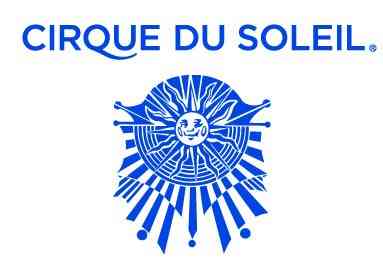
危 wēi danger
Circus attendance had been on a steady decline since the Great Depression in the 1930’s – the industry has been continuously disrupted by new forms of entertainment, particularly cinema. In addition, circuses haven’t innovated to compete, for example the bench seating in many remains uncomfortable and the ‘big tops’ are often shabby. More recently circuses have also received bad press for their inhumane treatment of exotic animals.
机 jī opportunity
Circuses might be out of fashion, but Cirque du Soleil under the leadership of Canadian Guy Laliberté certainly isn’t. Its results have been extraordinary, annual turnover is estimated to be in the region of $600m and 90m people have seen the show worldwide. Laliberté’s success stems in part from recognizing the broader competitive set (entertainment rather than solely circuses) but also from looking to that broader set as a source of inspiration. For example, Laliberté borrowed much from the booming theatre industry – introducing storylines, music, a sensational set and comfortable seating to his ‘cirque nouveau’. Cirque du Soleil also dropped many of the circus ‘staples’ that had damaged their appeal, not least the exotic animals.
how about…
- looking at the broader competitive set or adjacent industries for inspiration
- spending time focusing on what not to offer as well as what to offer
6 Responses to “19) Cirque du Soleil”
diopaptupiela
Amazing – really stunning matter. I will blog about it as well.
roulette spielen
This brings me to an idea:…
Alejandro Mora
I’m doing a research paper on the cause of the great depression and your blog is really alot of help, but I’m looking for even more info. I found this article cause of the great depression but I’m not sure I believe the ‘official’ story… I’m on a quest to find the ACTUAL cause of the great depression, if you have any ideas of some other sources for info please let me know.thank you
WP Themes
Nice post and this enter helped me alot in my college assignement. Say thank you you on your information.
Sammy Tammo
Couldn’t have said it better. Nice to see someone who knows what they’re talking about.
CamBoypho
I think you describe in more detail